National Dentists Day is a great opportunity to encourage better dental habits. To celebrate, use the hashtag #NationalDentistsDay. You can also post a picture on social media using #NationalDentistsDay. Here are some fun facts about dentists and dental instruments:
Table of Contents
Dental instruments
The first American dentist, John Baker, arrived in the country in 1760 and began practicing dentistry even before the United States became an independent state. While dental instruments of the past were not nearly as sophisticated as those used today, advancements in technology have led to improved designs. Some writings even describe dental instruments of the stone age! Today, we are blessed with more advanced dental instruments than ever before. Here are some of the most popular dental tools.
A dental drill is the most feared of all dental instruments. This device spins at over 250,000 rpm and shoots a stream of water into the mouth. If the water does not work, it can cause damage to the tooth. It can also be uncomfortable but it's worth it to avoid the possibility of losing a tooth! Despite its painful nature, a drill is one of the most effective ways of removing tooth decay.
In order to avoid cross contamination, dentists must sterilize their instruments. To protect their staff from contamination, they use disposable gloves and surgical masks. This prevents the spread of germs from mouth to dental instruments. In addition to this, dental offices use face shields and surgical masks to minimize transfer of germs from patient to dental instruments. A dental mask and plastic face shield will reduce the risk of infection. The instruments used to treat each patient must also be sterilized.
Dental checkups
General dentistry, also known as dentistry, is important for your overall health. Not only are your teeth checked for problems, but it can also detect cosmetic issues. Tooth stains can be caused by tartar and plaque buildup, while your wisdom teeth can shift when they grow in the wrong place. In addition to checking your teeth, a dentist will also check for problems with fillings and braces. Dental checkups should be a part of your regular health care routine, and regular cleanings should keep these problems from affecting your overall health.
Your first appointment will take a little longer than usual. You'll likely need to schedule time off work to go to the dentist. Make sure you ask how long the visit will take before scheduling an appointment. If it's been a while since you last had a checkup, be sure to allow extra time to get ready. An evening appointment is a good option if you'd rather go home early.
During the visit, the dentist will take X-rays of your mouth and perform a thorough examination. Some dentists use a special screening light that glows if abnormal tissue is present. They'll also check your tongue, lips, inner cheeks, gums, uvula, pharynx, and hard/soft palate. If they find anything abnormal, they'll let you know.
Dental care for kids
National Children's Dental Health Month, February, is the perfect time to introduce your children to the importance of oral health and visit the dentist. Visiting the dentist early can help you detect any potential problems early and make the experience more pleasant for the child. The dentist will teach your child about good oral hygiene and perform a small dental exam. You should schedule a visit to the dentist every three months to a year, depending on your child's age. Also, keep your child's diet free of problem foods and encourage frequent brushing and flossing.
Make the experience fun for your child by planning activities before and after the visit. Make the trip fun by scheduling a special breakfast for the child. After the visit, schedule a fun activity that the child looks forward to. This way, the dentist will have something exciting to look forward to. If you want your child to look forward to the dentist visit, try to give them something exciting afterward. This way, they will look forward to it and feel excited about going to the dentist.
Encourage your child to brush and floss at home. It is important to teach your child how to properly care for his teeth, since healthy teeth contribute to a child's overall health. Brushing with fluoride toothpaste and flossing after meals will help your child develop good dental habits. In addition, poor oral care can lead to infections, diseases, and other dental problems. Try to get your child involved in this process by having him or her choose the flavor of toothpaste. You can also watch some videos on proper oral hygiene. Keeping track of time is a good idea for the kids.
Dental instruments used in orthodontics
The dental tools used in orthodontics are varied. They include braces and pliers. Braces are used to straighten unshaped or crooked teeth. They are designed to align the teeth without gaps and position them according to the person's bite. They are essential for people who do not have shapely teeth. There are different types of braces, including stainless steel and ceramic ones. Stainless steel braces are the standard and come with several precautions. Ceramic braces are made of glass-like composite materials. They provide more cosmetic appeal.
Dental instruments used in preventive care
Dental X-rays have long been an invaluable diagnostic tool. These images reveal problems that are hidden beneath the surface of the teeth and are not visible to the naked eye. Although all forms of dental X-rays are safe for adults, newer digital methods use 70% less ionizing radiation and use highly responsive digital sensors for higher image quality and reduced environmental impact. If you'd like to reduce your exposure to dental X-rays, ask your dentist if they use digital X-rays.
The diagnodent instrument is another one of the dental instruments used in preventive care on dentist day. It's a small electric instrument used to scan the teeth without ever touching them. This allows the dentist to spot even the smallest cavities and other issues that you may not even be aware of. It's an excellent tool to use during your visit to the dentist, as it allows the dentist to make better predictions about future dental problems.
Dental care for adults
In addition to preventative care, adults who don't regularly visit the dentist can take advantage of free dental care for adults on dentist day. This event is organized by the New York State Dental Association and is a collaborative effort between the dentists and Missions of Mercy. Among the services offered at these events are dental exams and education, free oral health education, and assistance finding a dentist who can provide this service. The main goal of these dental clinics is to offer free dental care to individuals and families who otherwise would not have the opportunity.
Preventive dental care for adults includes cleanings and exams, but it can also include more costly procedures like root canals. While it isn't easy to afford these procedures, many people are finding that they can receive them at reduced costs, or even free of charge. Medicaid, a state-run health program, provides low-cost dental care. If you don't have insurance, check with your employer to find out if they offer dental care for adults.
For adults, it's important to have their teeth checked every six months. This can prevent serious dental problems from arising. A dental hygienist will clean your teeth and remove plaque and hardened tartar. During the visit, the dentist will check for cavities, and may use a dental x-ray to determine if there's a cavity or infection. As you can see, it is important to practice good dental hygiene at home.

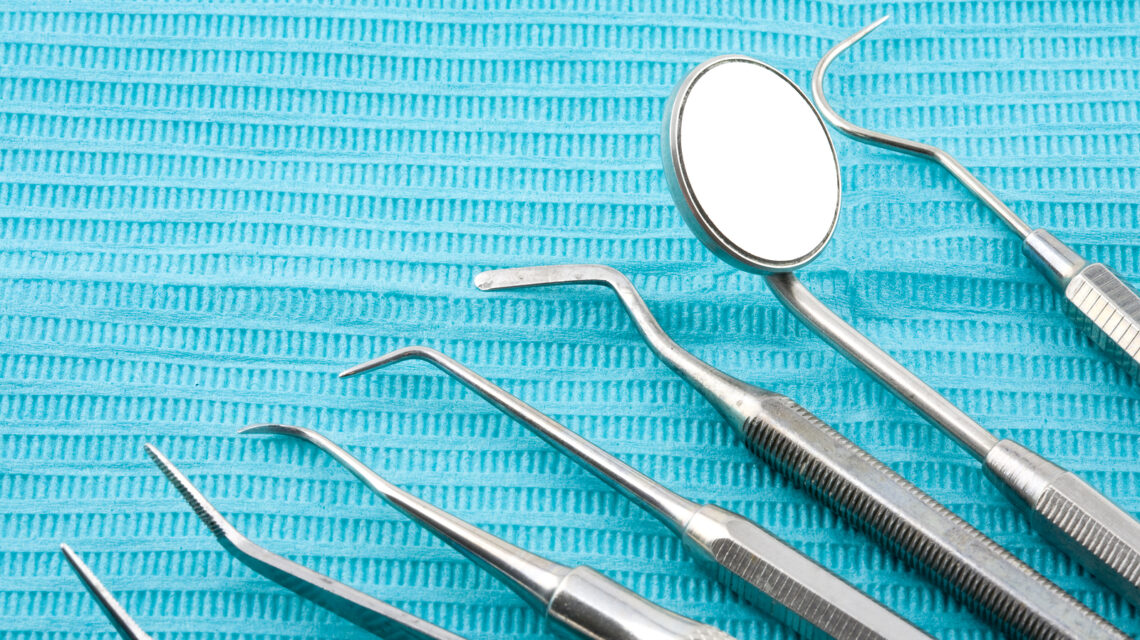

 The Diversity of Mouth Bacteria and the Role of Oral Hygiene
The Diversity of Mouth Bacteria and the Role of Oral Hygiene 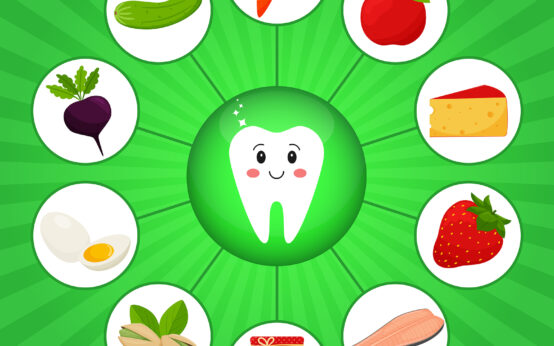 Healthy Teeth and Gums
Healthy Teeth and Gums 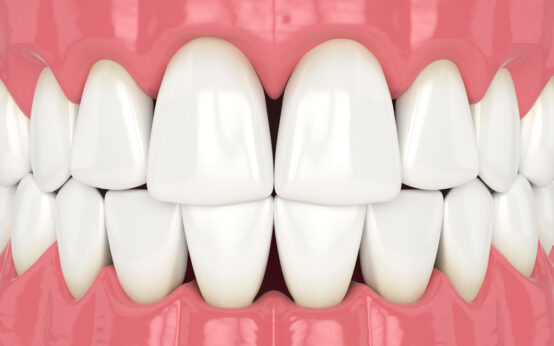 Which is the Best Way to Whiten Teeth at Home?
Which is the Best Way to Whiten Teeth at Home? 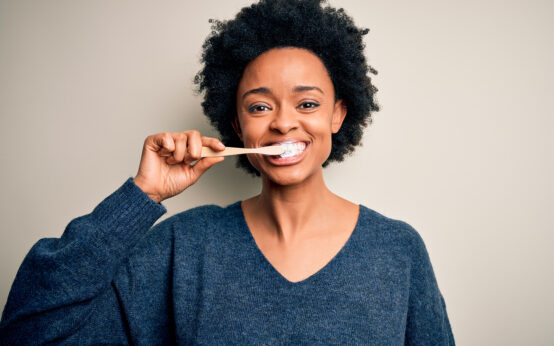 Three Approaches to Oral Brushing
Three Approaches to Oral Brushing 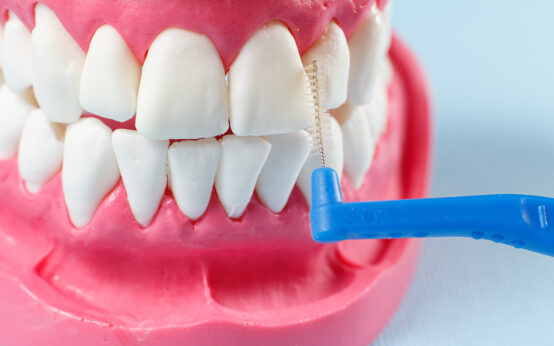 How to Stop Bleeding When Flossing With Interdental Brushes
How to Stop Bleeding When Flossing With Interdental Brushes 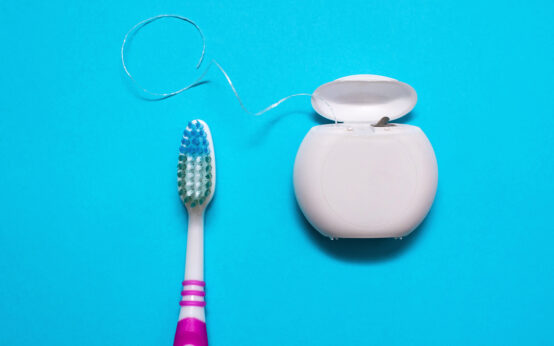 Choosing the Right Dental Floss Brush
Choosing the Right Dental Floss Brush